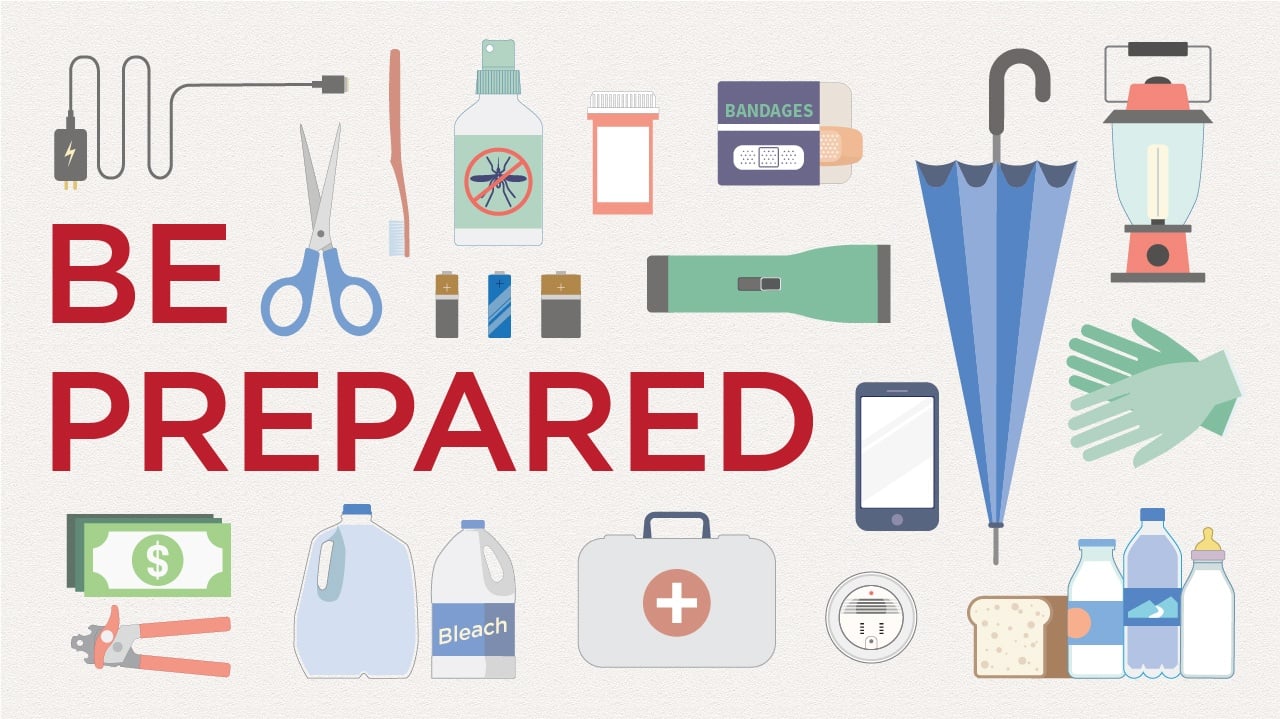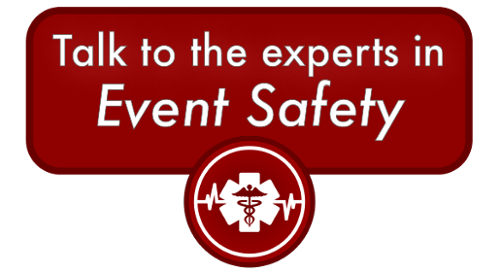As September comes to an end, it wraps up with National Preparedness Month. This is a national campaign dealing with an actual disaster. Visit their webpage which lays out steps for preparedness success that can be implemented any time of the year. For many, the safety practice continues into October, with the Great Shake Out, an international earthquake drill which started in Southern California in 2008 and has since grown to include nearly 20 million people, and counting, worldwide this year!

The Great ShakeOut Earthquake Drill is taking place October 19, 2017, with many participating at 10:19am. This is an opportunity to build communities of practice and muscle memory concerning the response to this specific event. However, the skills outside of the duck, cover, and hold are applicable to other areas of emergency preparedness, and we hope that every family takes the opportunity to review and discuss their home emergency plans.
To build out your family emergency plans and supplies, Ready.gov is a great resource.The Department of Homeland Security website lays out the steps to being prepared, as well as providing numerous publications and audience specific content.
For those living in the “earthquake country” of California, there are a some great resources that many find helpful. Nearly every county has their own specific website:: SF72; Ready LA; Ready OC; Ready San Diego; and the list goes on.
Beat the Quake is a good family-fun website that guide and question visitors through a virtual earthquake in different settings, while some content is applicable to other disasters and general preparedness.
The most important element in all of these resources is the initiative that must follow the education. Once you have researched and learned about methods to stay safe, the next step would be to set up your own safety calendar, similar to what is on the National Preparedness website. Identify days to review and restock your supply kits. Go over training, test the equipments you have on hand and review opportunities for community outreach specific to safety.
Make safety planning and practice a year-round event, and adjust the supplies and activities to meet the needs brought on by changing weather or family structure. Remember, it is a lot easier to prepare for a disaster than to respond to one if you have not. Do your part: plan, practice, review, revise (if necessary), repeat.
Given the incredible impact of the hurricanes to the United States, earthquakes in Mexico, and numerous other natural disasters worldwide, we would also like to extend words of support to all those that have been impacted, and gratitude for all involved in restoration of these communities. These tragedies have a way of bringing people together, and it is important that we act to support each other in preparation just as we do in response.
If you'd like to learn more about safety the Joffe way, whether that be for your business, home, or school, speak with one of our safety specialists today!
Plus, subscribe to our blog below!


